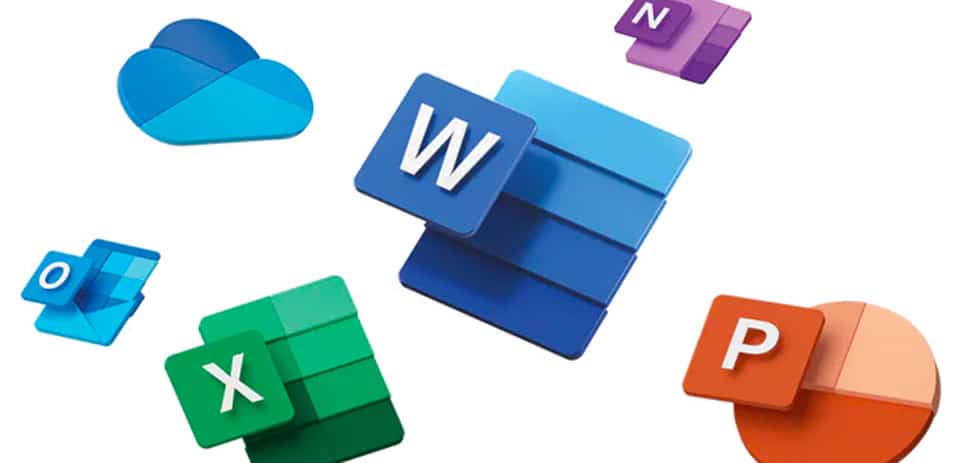There is no doubt that the internet has made doing business across the street or across the world easier. Borders and barriers don’t exist for the most part (except in certain totalitarian countries). You can reach customers around the world 24/7. Now that the internet is firmly entrenched as a major tool for business for communications, marketing, data storage and information sharing; risk is involved with usage, and criminals seem to always be a step ahead of virus and malware protection using a basic online protection source.
So, let’s take a look at some of the most popular ways that small- and medium-sized businesses are hacked and how your business can protect itself from them.
Popular Hacker Schemes
Literally hundreds, if not thousands, of schemes exist for stealing data such as personal financial information (PFI) and personal identifying information (PII). In addition to stealing your data, a newer scam has come into play against businesses of all sizes called ransomware. Let’s get started.
Phishing Scams
Email phishing has been around as long as email has, but phishing expeditions have migrated from exclusively attacking individuals to include businesses too. The most common ways that this type of scam works is that you receive an enticing email with an attachment to open. These emails are sent out by the thousands from criminals that want to access your stored data so they can use any PPI and PPF you have about your customers. Generally, the email looks legitimate, has no grammatical errors, and often includes the legitimate logo of the company for which the email purports to come.
Industry experts have estimated that only 0.4 percent of people receiving these fake emails fall for the criminal’s ploy. Sure, it doesn’t sound like a high risk, but it is extremely powerful for criminals who send out hundreds of thousands of these emails; with just a 0.4 percent response rate, they have entrapped data from 400 businesses.
Buffer Overflow
This scheme works when a black hat hacker responds to an online form. The hacker inputs more data than your business system can handle; included in the excess data is code that is complex and designed to:
- Steal your data;
- Cause harm to your system; or
- Provide the hacker with a backdoor into your network
Ransomware Attacks
First used against individual computer owners, ransomware also has become a huge income source for the black hat gangs. They gain access to your system by sending a member of your company an email that offers a free download or newsletter. People that open this kind of email also open the floodgates for cybercriminals to take control of your system. Another point of entry is from an infected website offering downloads. Once your system is breached, all your data is encrypted, and to get it back, you must pay a ransom.
Prevention of Cyberattacks
You can do a lot to prevent cyberattacks from succeeding. Following are some tips to help your business stay secure.
- When individual passwords are needed, have employees create random passwords, including upper and lower case letters, numbers and some symbols. Never use an actual word as programs can easily hack them. The longer the password, the more secure it is.
- Educate employees at all levels of your organization about the dangers of opening emails from strangers or downloading items from unknown sources on the internet.
- Invest in the best antivirus and anti-malware protection available.
- Patch all software as soon as a patch arrives. Update software too when updates become available.
- Consider using an outside managed services security provider to help keep your system safe and secure.
{company} is the trusted choice when it comes to staying ahead of the latest information technology tips, tricks and news. Contact us at {phone} or send us an email at {email} for more information.




